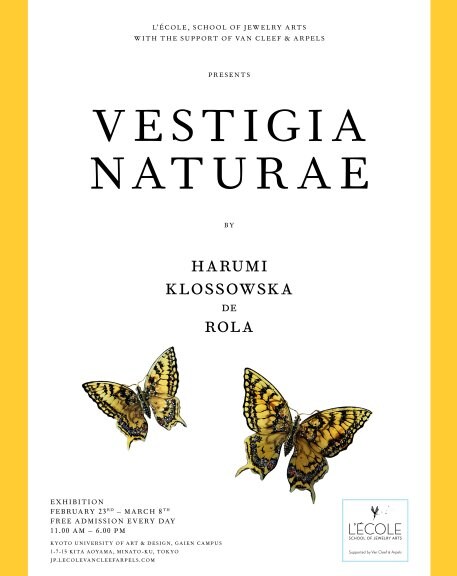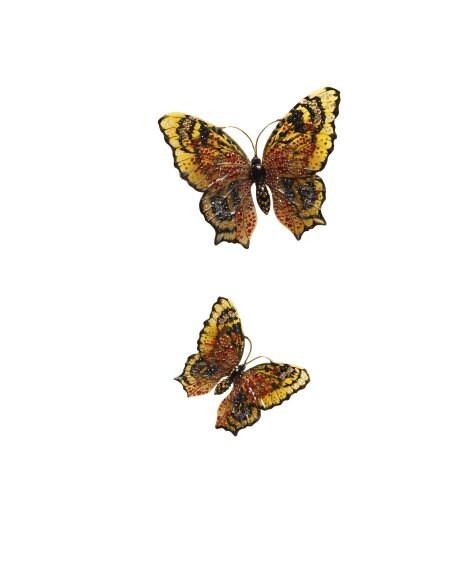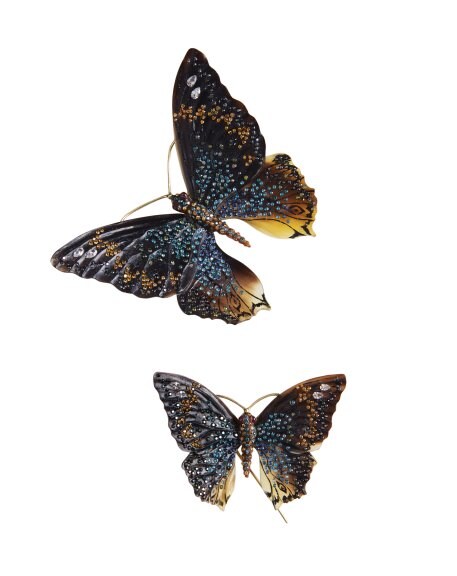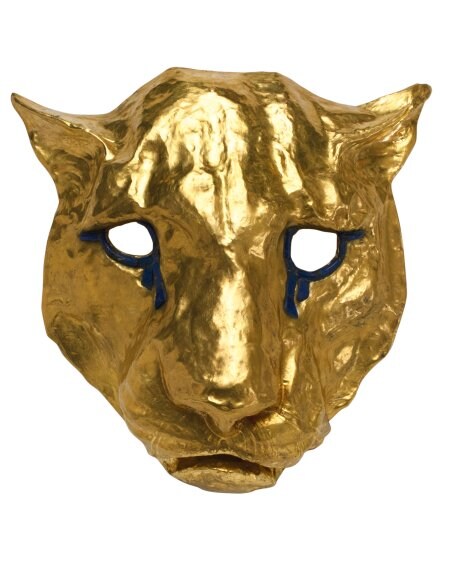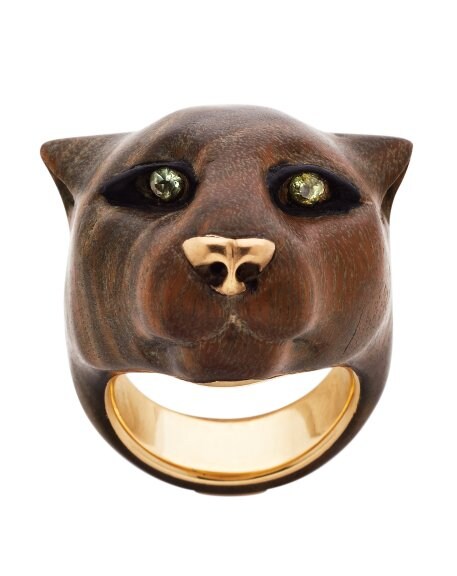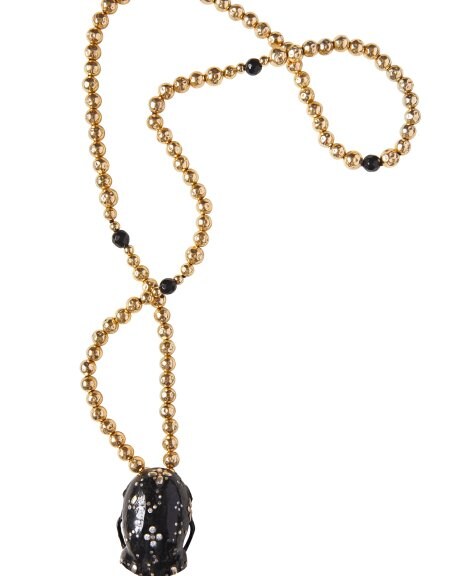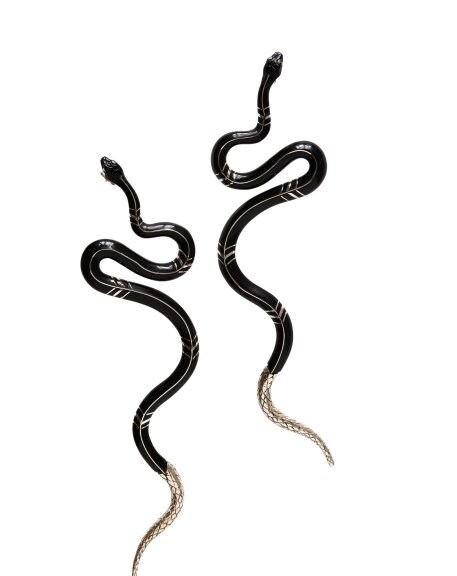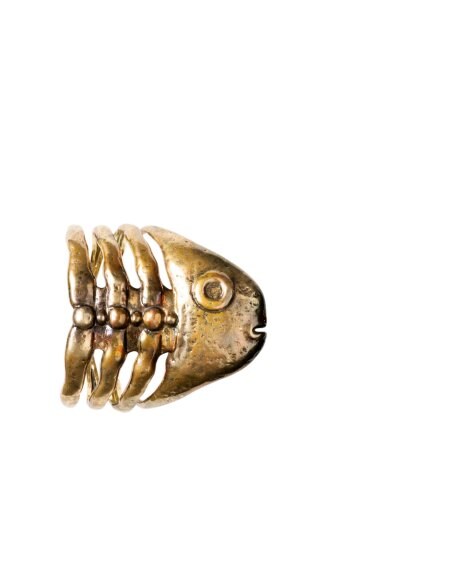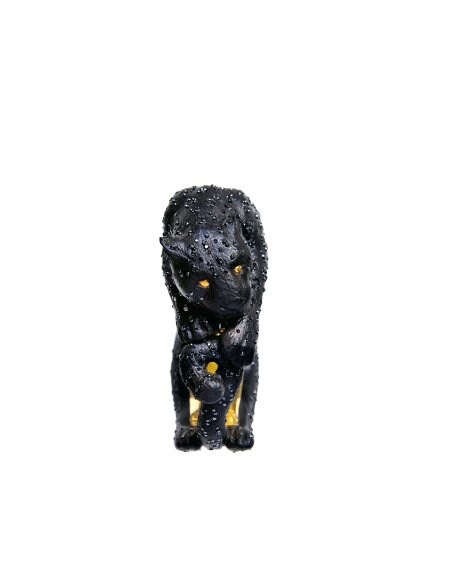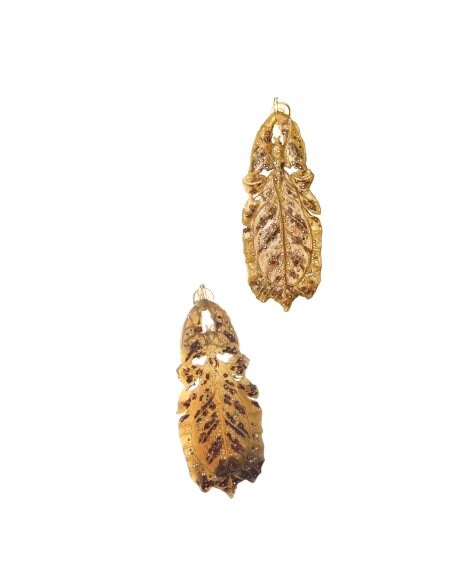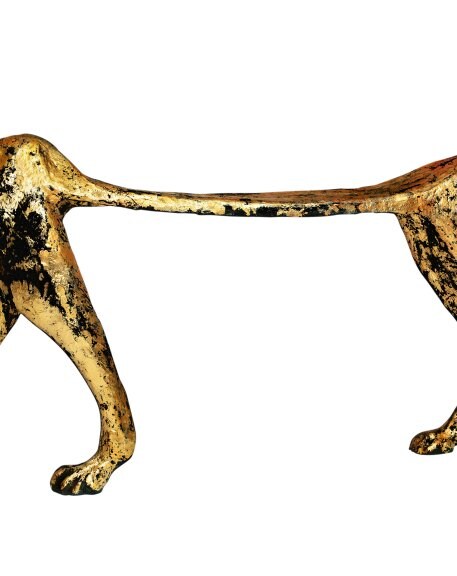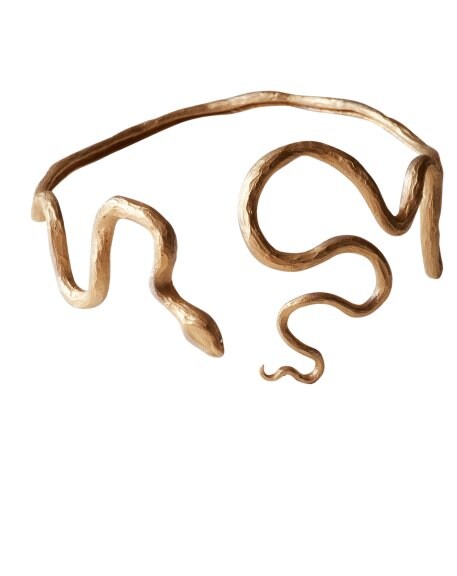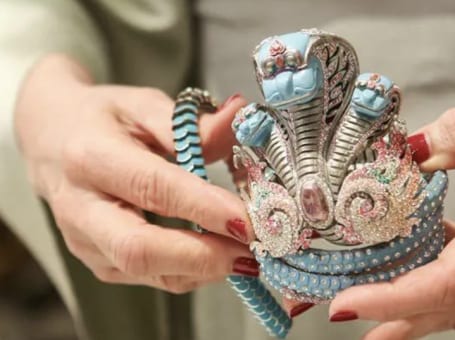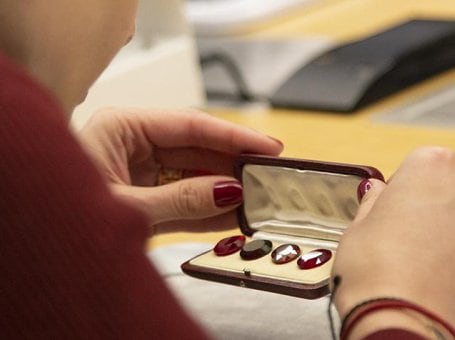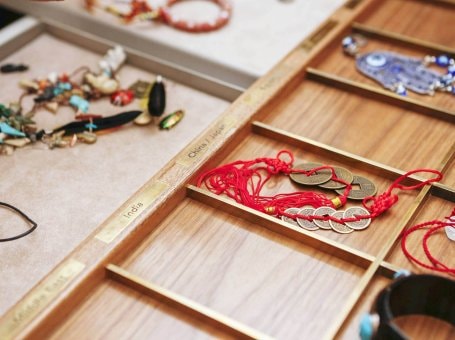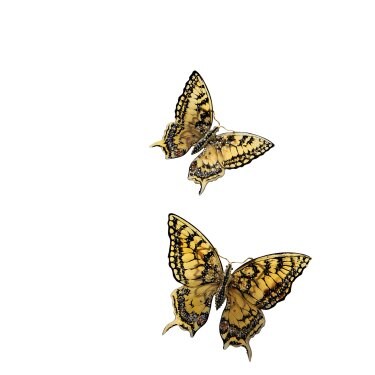
After “Retour d’expédition” presented in Paris in 2017, L’ÉCOLE, School of Jewelry Arts is proud to exhibit the works of Harumi Klossowska de Rola for a second time. Vestigia Naturae features jewelry, objects and furniture from an imaginary world between Europe and Japan, at the crossroads of cultures and continents. The creatures in wood and gold that the public is invited to discover are the denizens of a poetical realm peopled by crocodiles and lions, fireflies and butterflies, monkeys and snakes. Art is the door through which Harumi explores this realm and gives it a narrative. The artist combines materials with unique talent: gold, ebony, myrtle wood, cow horn, fire opals, diamonds, sapphires, garnets, amethysts, peridots and citrines. In her desire to embrace the world in its entirety, Harumi combines wild and delicate nature, mysterious and familiar beings, minuscule and immense creatures, motionless and moving animals.

